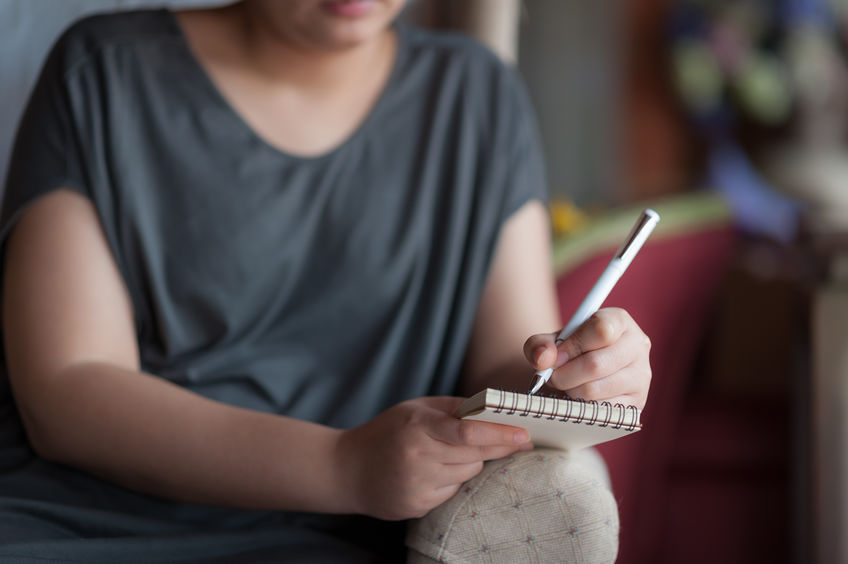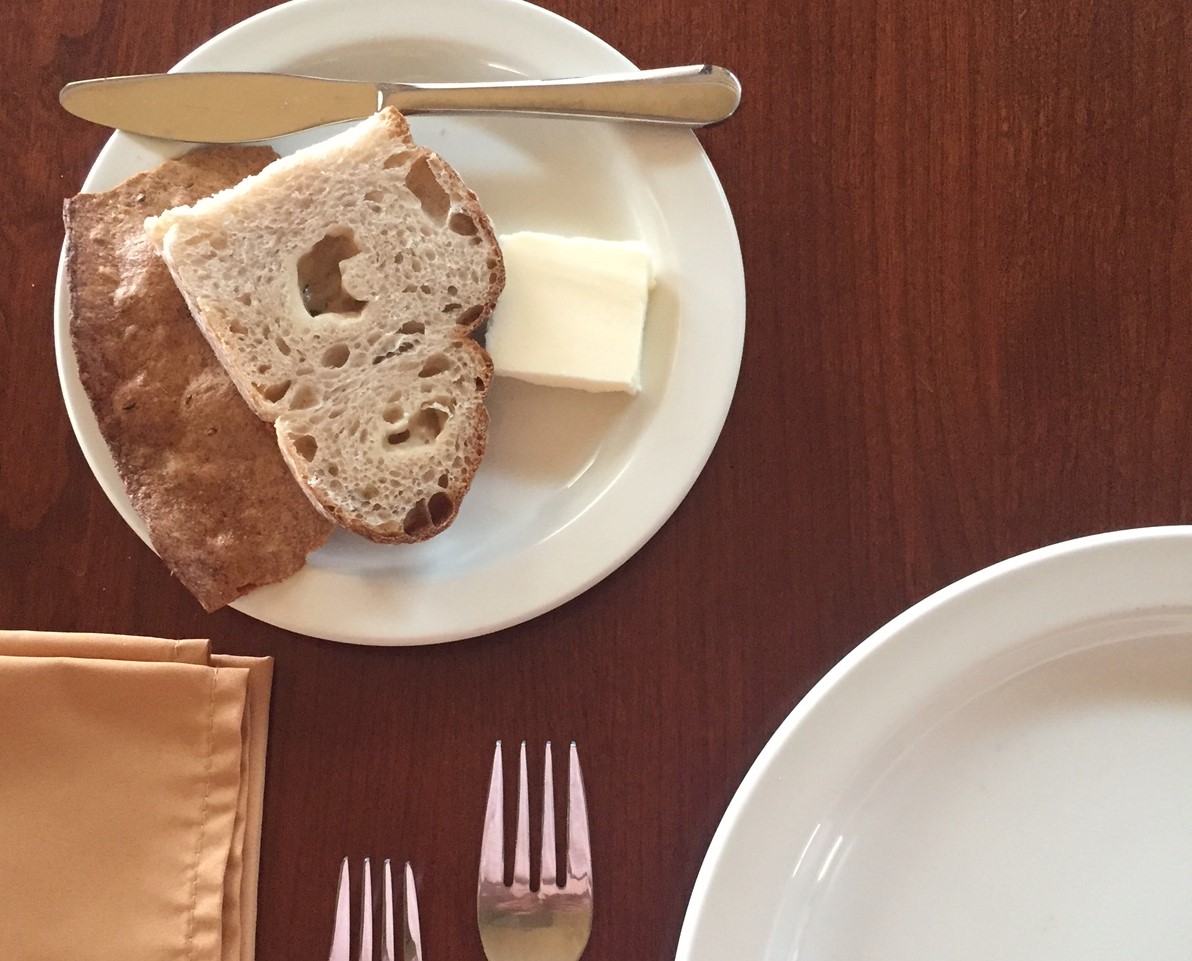Etiquette Tips for Left-handed Folks

Left-handedness occurs in 10% of the population. While the dominant use of the left hand many times goes unnoticed, there was a time when left-handers were reinforced in a variety of ways to learn to write, eat, and generally function as right-handed people do.
My father was one of these left-handed folks. Fortunately, past the learning stages, which he didn’t share, he never regretted learning how to do things well with his right hand and became ambidextrous.
About Learning
While right-handed training for lefties is not as popular as it once was, there are still some adaptations necessary.
At a recent home training, as I demonstrated ways left-handers often choose to deal with their utensils, one person became frustrated because she “couldn’t do it” when asked to cut using the global cutting position (right hand holds knife and left hand holds fork).
I learned a great deal that evening. She was able to completely mirror the right-handed experience with her left hand. In other words, she could hold all utensils properly—but it all began with reversed global cutting position with her knife held in her left hand.
I encouraged her to always feel comfortable eating in this mirrored fashion. She was happy to learn that the utensils had a proper way of being held and was able to tidy up her utensil use habits. I am sure she will dine “under the radar” at all events, as she is comfortable and confident that she knows how and doesn’t doubt herself.
Coping When Dining
As the above example shows, it is entirely possible for a left-handed person to adapt a dining style that doesn’t draw attention. Dining with others, especially those you don’t know very well, is all about enjoying food and camaraderie.
Many hosts will check with guests before an event or occasion to ensure that specific needs are met. This is the time to mention that you are left-handed and any accommodation preference.
- Sometimes left-handed diners prefer to sit at the end of a table so that they don’t elbow a fellow diner. This can happen when diners are eating American, cut and switch style, as is common in the U.S.
- If a host knows that one of her guests is left-handed she might seat him at a left-hand corner of the table.
- At a business dining setting or at your boss’ home, unless you are asked, it’s best not to mention special seating for yourself.
- Tables are set for right-handers. If left-handed, it is difficult to butter your roll from the bread plate. Do your best, as you won’t be flying under the radar if you move dishes around.
Shaking Hands
Yes, the handshake is traditionally performed with the right hand. But not always.
When a person is unable to shake with his right hand, it is customary that when someone reaches for his hand, he offers the backside of his left hand.
If a person knows that another person is unable to shake with her right hand/arm, offering his left hand is a kind gesture. However, as people who have been in the situation know, it can get complicated. Those who need to have developed their own way of handling a greeting situation.
Being mindful is always key.
Geared Toward Right-handedness
We live in a predominantly right-handed world with traditional social practices geared to right-handed people.
However, etiquette does not require uniform practices. Etiquette does require acceptance and consideration for and by anyone wishing to participate in a social practice.
As Judith Martin (aka Miss Manners) has said, “While it is true that table manners are geared toward the right-handed majority, we should all be able to eat peacefully together with the hand of our choice, and without having to get up from the table to march for minority rights.”
While efforts should be made to avoid drawing attention to oneself, sometimes the easiest way to do this is to adapt a unique style of blending in. And the kindness and acceptance of those with whom you are blending will make this a celebration of individuality.














